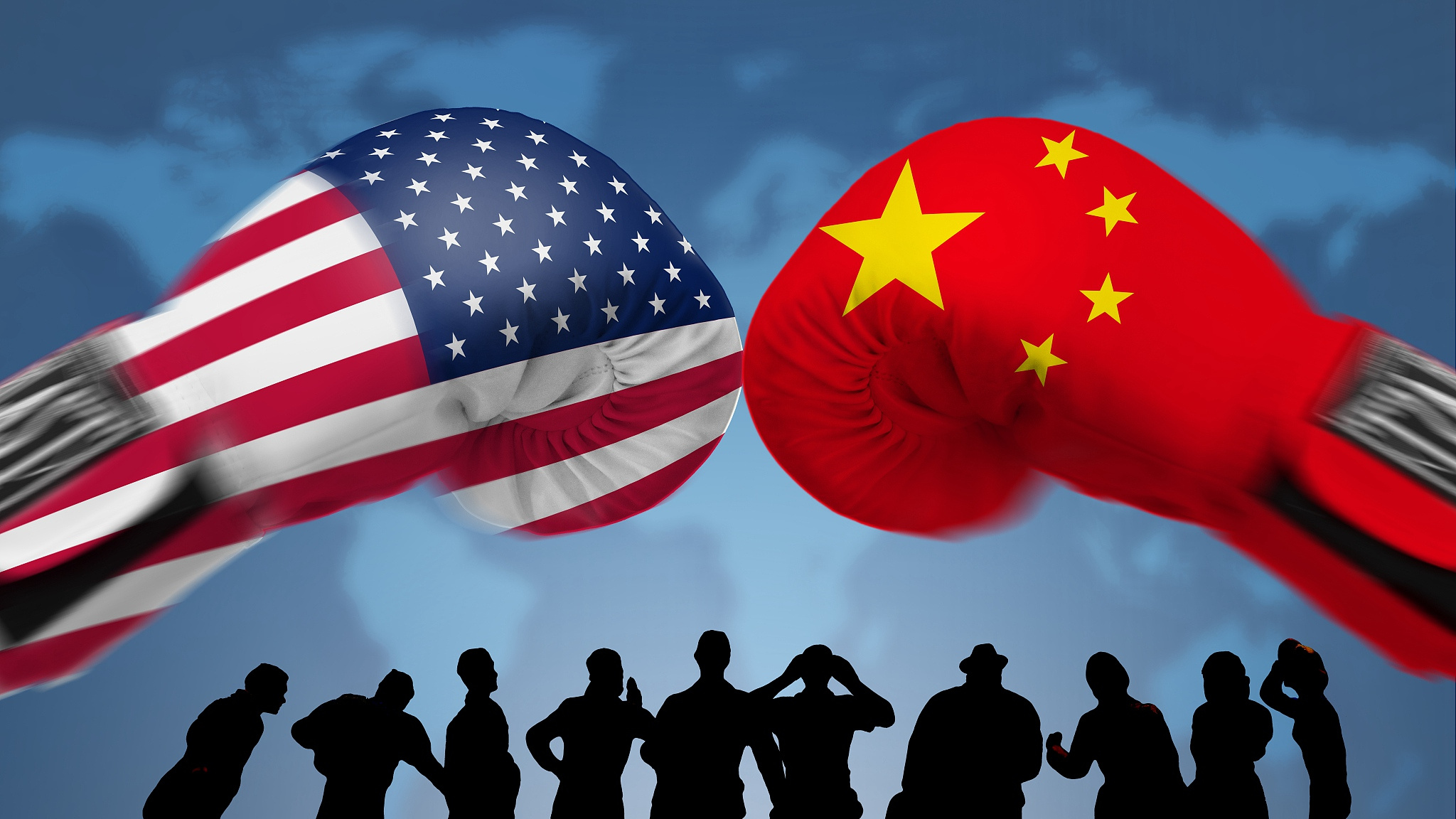
(Photo: CGTN)
About 10 years ago, renowned American economists Ralph Gomory and William J. Baumol published a research paper about globalization, in which they pointed out that, “A trading partner’s rise in some productivity level can be either helpful or harmful to the home country – depending on the trading partner’s state of development. This changeover from helpful to harmful development among equally sized countries occurs when the wage in the trading partner reaches about one-third of the home country’s wage.” And “good equilibriums more often are created …, there is much that countries can do to affect their trading outcomes.” Despite implying inconsistencies in the competitive advantage theory, this research did somehow reflect a historical experience and foresee the challenging situation we are facing today.
Back in the 1980s when globalization started to boom, the US, once the major sponsor of free trade, was having similar issues with Western trading partners, including Japan, the newly grown-up industrial superpower. During the 1960s the US had enjoyed an average annual trade surplus of 35.7 billion US dollars, contributing 5.2 percent to the average GDP. The “changeover from helpful to harmful development” happened in the early '80s, when the total trade deficit median increased to 115.5 billion US dollars, about -2.8 percent of the median GDP, and the same level as in 2017. About 40 percent of the deficit came from Japan, whose average labor cost was 35–45 percent of its American counterpart, at an average exchange rate during the first four years of the '80s of 1 US dollar for 236 yen. The Reagan administration wanted to turn the tables on Japan by controlling the exchange rate; the Plaza Accord in 1985 was supposed to do the job by forcing the yen’s appreciation.
In the research paper, professors Gomory and Baumol didn’t propose a comprehensive solution for the dilemma. Nonetheless, they still believed in globalization and fee trade. Instead of suggesting applying restrictive, weakening or even disruptive measures against rising competitors, they promoted positive and constructive policies such as tax incentives to boost R&D input, attract high value-added jobs, plus improved primary and secondary education in the US (and other developed home countries), so that the latter’s productivity and competitiveness could be enhanced. I think the home countries, including China, may also make an active contribution to creating a dynamic equilibrium in bilateral and multilateral trade relations, by advancing structural reforms, encouraging domestic consumption, and promoting effective investment both in developed and developing countries.


